A transuctan pacemaker is used externally, i.e. outside the body. It is connected to so-called stimulation electrodes, which stimulate the heart for a limited time. This pacemaker is only used in an emergency or prophylactically after surgery.
What is a transuctan pacemaker?

With transcutaneous stimulation of the heart, electrodes are stuck to the patient's skin, which deliver stimulating current surges to the heart. There is a certain distance between the electrodes and the heart, so a higher current is required. This affects all of the muscles in the body. For this reason, transcutaneous stimulation is only used in an emergency.
In addition, the patient should be sedated analogously in order to achieve shielding. With this method it is possible to briefly externally stimulate the patient's heart electrically.
Transcutaneous stimulation is used for bradycardias and serious AV blocks. If asystole occurs, this approach is not recommended as the prognosis is poor.
The advantage of external stimulation is the non-invasive procedure that can be performed quickly. For this it is necessary to glue on large electrodes that provide the necessary energy.
Depending on the manufacturers, there are different solutions for stimulation and different ways of attaching the electrodes. The handling of the pacemaker can also vary.
Shapes, types & types
The transcutaneous pacemaker is composed of the pulse generator and the electrode, which establish a connection to the heart chamber. The electrode sends electrical impulses to the heart. The heart signals then go back to the pulse generator. This is how the pacemaker controls work. There are pacemaker leads for temporary stimulation.
After a heart operation, there are often temporary cardiac arrhythmias. In such a case, epicardial pacemaker electrodes are used, which can be removed after about seven days. These electrodes consist of insulated and conductive wires that are attached to the ventricle and atrial myocardium. The actual device is located externally on the body.
With the transvenous pacemaker probe, a central venous sheath is created that opens into the right ventricle. The electrode stimulation is carried out by an external device. This allows reliable stimulation over a longer period of time.
However, complications such as electrode dislodgement or catheter infections can also occur.
There are also stick-on cardiac pacemaker pads, which stimulate transcutaneously using two large electrode pads. Negative electrodes are fixed precordially or parasternally, the positive electrodes are located between the left scapula (shoulder blade) and the spine. In this procedure, the ventricles are stimulated. Here, too, high currents are required, which in turn affect the muscles of the skeleton and cause pain.
The so-called transesophageal pacemaker leads are pushed through the esophagus to approximately the left atrium. The atrium can be stimulated well. However, a functioning AV line is required to stimulate the ventricle.
Direct stimulation is only possible with very high and painful currents. The advantage is that it can be placed here quickly and that no invasive intervention is necessary.
Structure & functionality
The transcutaneous pacemaker has two basic functions. This is first of all the perception of one's own heart actions, which is referred to as sensing. With so-called pacing, the pacemaker emits the impulses. The electrical heart signals are in the millivolt range; the pacemaker perceives them. The perception sensitivity can be adjusted. It is displayed in millivolts. This value shows the minimum level of spontaneous heart impulses so that they can be recorded.
This restriction is necessary so that the pacemaker cannot interpret signals incorrectly or react over-sensitively. If the range is set too high, the pacemaker will not be able to sense the heart's actions. In this case, it is referred to as undersensing. The transcutaneous pacemaker has control lamps that indicate the signals detected in the atrium or ventricle.
The stimulation pulse or pacing is made up of voltage strength and duration, which can also be set. The pulse strength is displayed in volts or milliamps and the duration in milliseconds. For the time being, a high value can be entered for the current. Once the stimulus strength for the excitation of the heart is determined, the actual setting of the device takes place. The stimulation threshold of the heart, which was determined individually for the patient, is then set.
Here, too, the pacemaker is equipped with small control lamps that monitor the stimulation of the heart. In this case, however, it must be noted that the flashing activity only serves to confirm that the pulse has been transmitted. ECG monitors are used for security and verification.
You can find your medication here
➔ Medicines for cardiac arrhythmiasMedical & health benefits
The transcutaneous pacemaker is used in rescue medicine for emergencies and to alleviate symptoms that can occur with slow heartbeats, i.e. bradycardias. Fainting and dizziness can indicate serious complications.
Normal heart rates are restored via the transcutaneous pacemaker. This also ensures the patient's blood supply. If life is threatened in an emergency, the device can be used safely and quickly on the spot.
Only a few emergencies make the use of transcutaneous pacemakers necessary. However, the use of the device is absolutely necessary in the case of symptomatic bradycardia in AV block III that cannot be influenced by medication. Asystolic cardiac activity and ventricular tachycardia, which cannot be treated, also make use necessary.


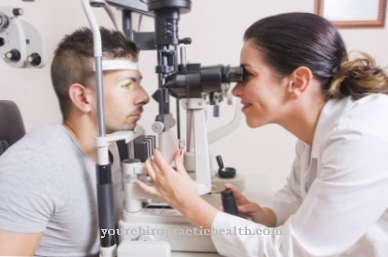
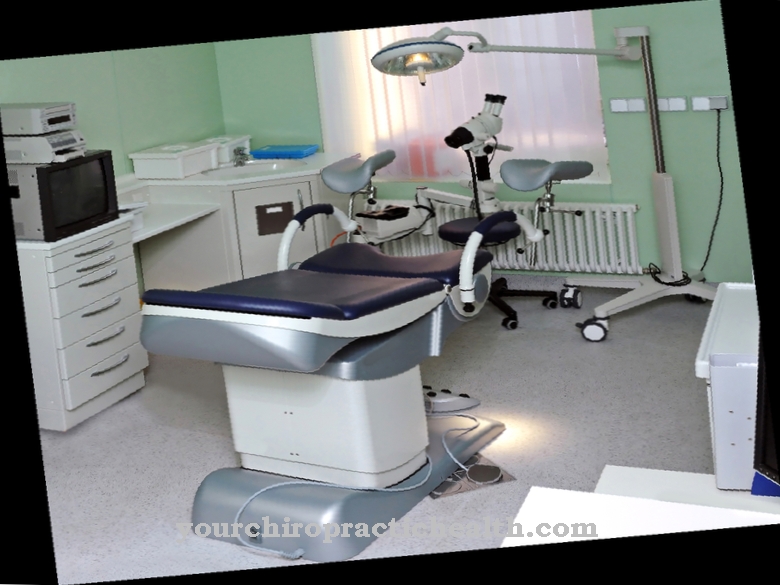
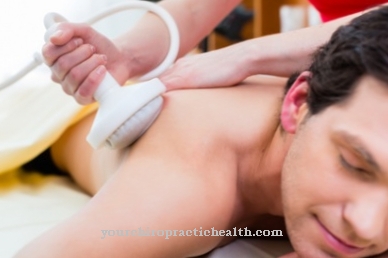
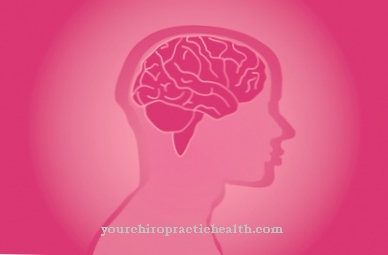
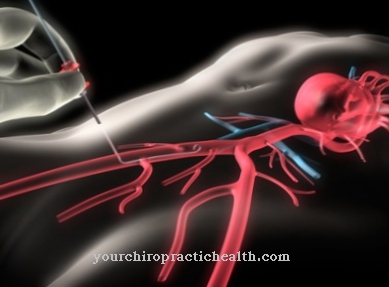










.jpg)



.jpg)

.jpg)




